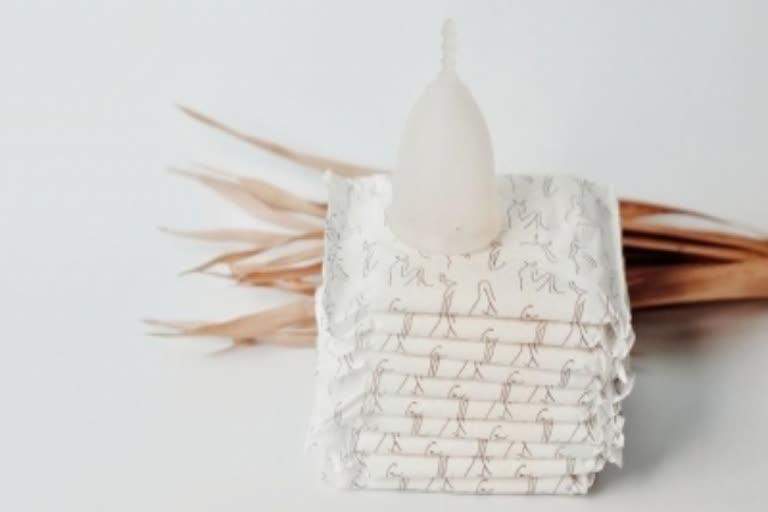"I go to nature to be soothed and healed and to have my senses put in order," said John Burroughs. In the last few centuries, instead of living with nature man has tried to conquer it, probably that's the price we are paying today. Be it a deadly pandemic, devastating cyclones, destructing landslides, volcanoes, earthquakes, and whatnot. The "Earth is bleeding". It's time to put the brakes and find ways to live with nature.
In India, with social media coverage, NGOs working towards helping people with menstrual hygiene, and Bollywood celebrities talking about menstruation there is a lot of awareness generated about menstrual hygiene and its products. With this, there is also an increase in the consumption of plastic sanitary pads by almost 8 times.
If we go by facts then between the average woman's first cycle and menopause you can expect some 450 periods. During those 450 periods, the average woman uses between 12000- 15000 pads, tampons, and panty liners as per the Rochester institute of technology report. One sanitary pad has the plastic equivalent to five plastic bags, so one woman is using menstrual hygiene products equivalent to 60,000 - 75,000 plastic bags. Also, one sanitary pad takes up to 500-800 years to decompose. And remember these statistics are excluding the plastic wrapper of the sanitary pads and the tampons and the plastic applicator of tampons.
Taking these statistics into consideration and considering that there are 355 million menstruators in India, out of which two-thirds are using tampons and pads, women are disposing of almost 12 billion sanitary pads per year.
If we bury them they will not degrade and will add to the plastic burden of the earth in the landfills and oceans and if we burn them they release toxic carcinogenic chemicals like furans and dioxins. In this race of achieving better and better, we have unknowingly done significant damage to the earth. It's time we start working towards a world where everyone has access to sustainable menstrual hygiene products or I would say "Green menstruation".
Also Read:Women Can Take COVID Jabs During Menstruation: Govt.
